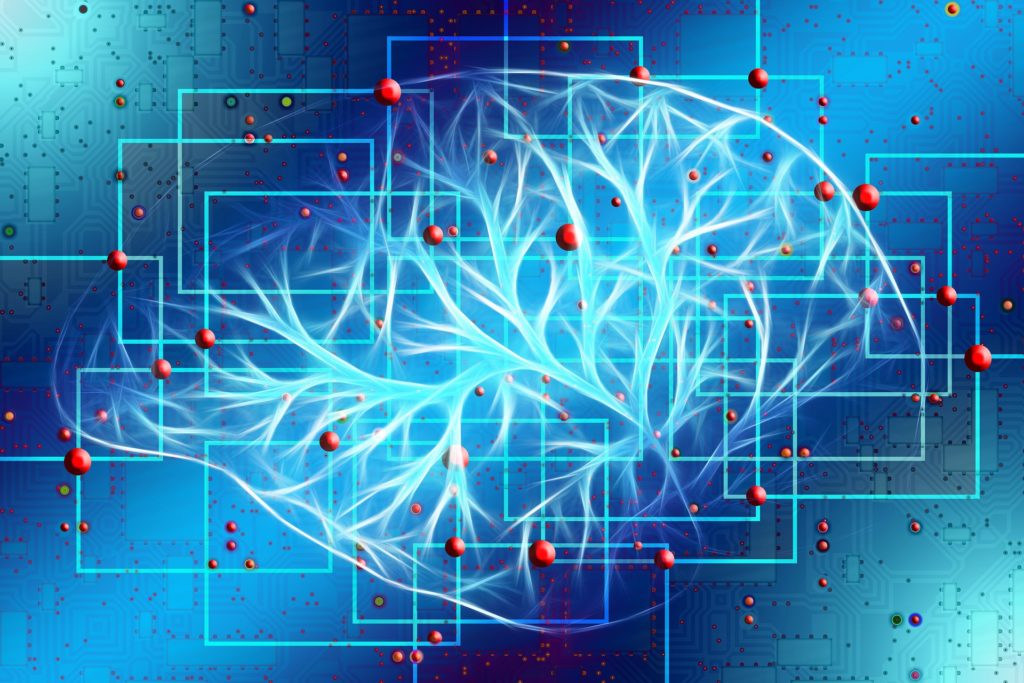In the past few years, we’ve seen a massive change in the information and communication, manufacturing, financial and other industries. Technologies like machine learning (ML) and artificial intelligence (AI) have taken over the world. Many businesses are working day and night to adopt these advanced technologies because the capabilities of machine learning and artificial intelligence continue to expand and hold the potential for creating growth for businesses.
The terms AI and ML are used interchangeably and—because of this—millions of people have a lot of misconceptions regarding these terms. These are highly searched terms on the internet, and are often confused to be the same. Keeping this in mind, it made sense to write about the two and how they intersect and yet are worlds apart from one another. Before continuing more, let me ask a question: Do you know the difference between artificial intelligence and machine learning?
To clarify the difference, lets define each term.
AI and ML – Keeping it Short and Sweet
Before getting into extensive details regarding machine learning and artificial intelligence, let’s take a quick look at what they actually mean and how they differ from one another.
When it comes to the broader concept of machines, the term AI is used. It illustrates how machines carry out tasks which would be considered ‘smart’. On the other hand, machine learning is nothing more than an application of AI. It revolves around the idea that machines should be given information and give them the opportunity to learn on their own, without any human interaction whatsoever.
AI and ML – Yet another Origin Story
If you haven’t yet had your fill of origin stories, don’t worry, here is another one for you. In the case of AI, it too has a history.
In Greek mythology, there are numerous stories of mechanical men, which are designed to mimic human behavior. If you pay close attention, these stories seem to be referring to AI. Not convinced? Early European computers were actually considered to be logical machines. Since reproducing memory and arithmetic was simple, engineers went so far as to consider their jobs as creating mechanical brains.
Categorization of AI
With technological advancements and the understanding of how the mind works, the definition of AI has changed drastically. Now, solving complex calculations in and of itself does not count as AI. In fact, mimicking human behavior along with making informed decisions is largely associated with AI.
AI has been categorized into two different groups – general or applied. Applied AI is quite common and can be seen as systems that trade shares and stocks intelligently. Even autonomous vehicles (Transformers don’t count, or do they?) are categorized in the same group. As for General AI, it refers to devices or systems that can handle any task thrown their way. This category of AI is actually what has led to the rise of machine learning. This should explain why machine learning is referred to as the subset of AI.
The Rise of Machine Learning
In today’s business landscape, you don’t have to be a huge organization to take advantage of the efficiencies created by machine learning. The continuous rise in machine learning capabilities has led organizations to build tools that can streamline business and foster growth and productivity.
According to Tomas Gorny, CEO of Nextiva, “NextOS is a revolutionary business communications platform that combines communications, customer information, and behavior predictions in one interface. Three new products are launching on the NextOS platform: Nextiva Service CRM, Nextiva Chat, and Nextiva Surveys. These powerful products use NextIQ (Artificial Intelligence and Machine Learning, plus Nextiva’s patented SmartTopics and experience scoring) and NextStep (a customizable, visual rules engine) to empower companies with a more comprehensive view of their customers. It’s going to fundamentally change the way businesses operate around the world.”
Nowadays, AI is getting mature. It can be creative. It can think. It can hustle. It can not only detect distinctive growth patterns and anomalies but also assist in automating many of our mundane tasks. All the reasoning and hustle that were human tasks so far are being assisted by AI now. It is worth noting that two major breakthroughs eventually led to the development of machine learning. It is now the vehicle that drives AI.
Previously, AI was more about teaching machines and devices to be smart. This was difficult to accomplish, but now it can become a reality with machine learning, which focuses on giving machines and devices information and letting them learn on their own, much like humans do over the course of their lives. The idea here is to teach machines to learn on their own. This was one breakthrough, which eventually led to second one due to the increased usage of the internet.
With so much information available online, engineers and scientists have concluded that rather than teaching machines how to learn, it would be wise to code them to think like humans, after which they are to be connected to the internet for all the information they will possibly need.
All in all, we are much closer to human-like AI than ever before. Now, it is an inevitable part of the future, which promises the automation of mundane tasks and creative insight for industries ranging from healthcare to the banking sector.
- The Distinctions Between Data Privacy and Data Security - September 20, 2022
- Ways to Bring More Women into the Tech Industry - September 17, 2022
- Why Organizations Need to Adopt Modern Privacy Framework - September 12, 2022




Comments are closed.